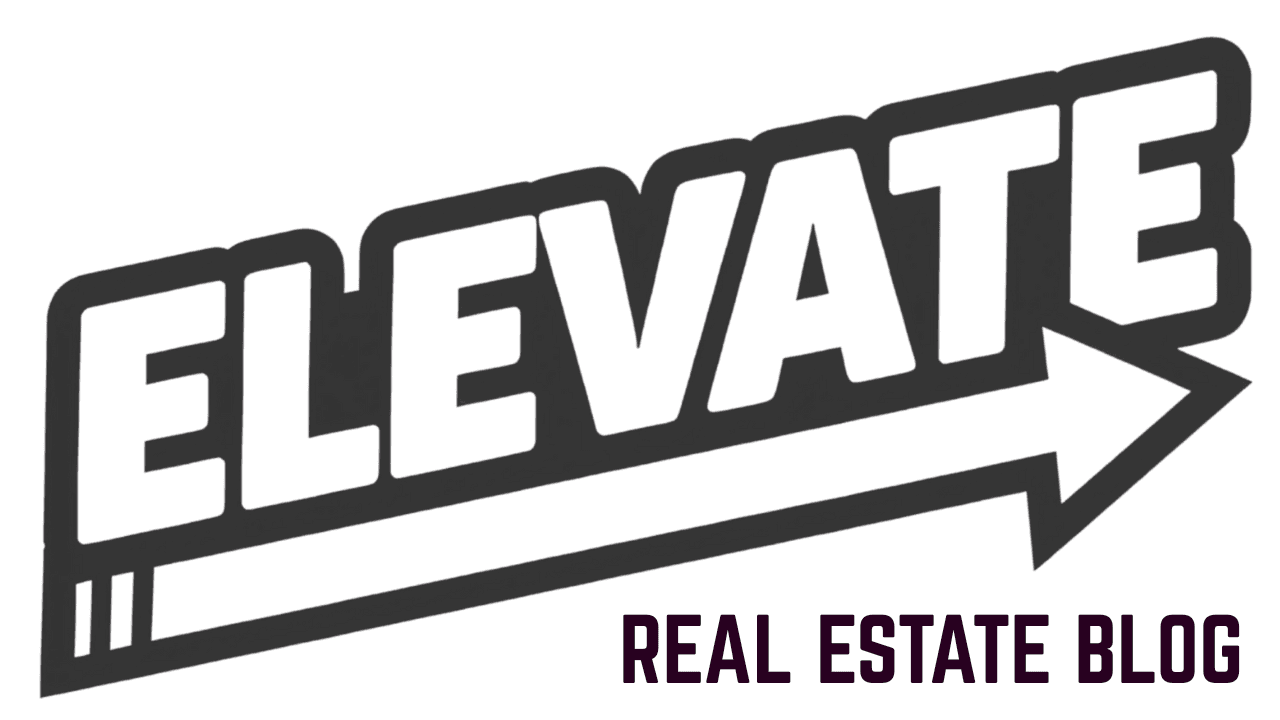Your website homepage is your digital storefront. It determines whether visitors become leads or bounce to a competitor within seconds. Most real estate agents create homepages that look good but convert poorly because they focus on aesthetics over strategy.
A high-converting homepage requires strategic messaging, intuitive navigation, and clear calls-to-action that guide visitors toward taking the next step. This means understanding exactly what your prospects need and removing every barrier between their arrival and their action.
The Hero Section: Your 3-Second Sales Pitch
Your hero section appears above the fold and determines whether visitors stay or leave. It needs three essential components: a compelling headline, supporting subheadline, and prominent call-to-action.
Headlines must focus on benefits, not features. Instead of "Experienced Real Estate Agent," write "Find Your Dream Home in 30 Days or Less." This transforms a generic statement into a specific promise that speaks to buyer urgency.
Your subheadline clarifies your unique value proposition. It should answer the question "Why should I choose you?" Examples include "I've helped 200+ families navigate competitive markets with my proven negotiation system" or "Local expertise meets cutting-edge technology for faster results."
Visual elements support your message. Use high-quality photos of happy clients, local neighborhoods, or yourself in action. Avoid generic stock photos that scream amateur.
The call-to-action button must stand out visually and use action-oriented language. "Get My Free Market Report" performs better than "Contact Me" because it offers immediate value.

Navigation That Guides, Not Confuses
Keep your main navigation to 5-7 items maximum. Essential pages include Home, Buy, Sell, About, Neighborhoods, Blog, and Contact. Each menu item should clearly indicate what visitors will find.
Create separate landing experiences for buyers and sellers. Buyers want to search listings, understand the process, and access market data. Sellers need pricing information, marketing strategies, and selling timelines. Mixing these messages dilutes your impact.
Implement search functionality prominently. Property search should be visible on your homepage with basic filters for price range, location, and property type. This gives visitors immediate value and keeps them engaged.
Use breadcrumb navigation on inner pages so visitors never feel lost. This simple addition improves user experience and helps search engines understand your site structure.
Content Strategy: Address Real Problems
Your homepage content must speak directly to visitor pain points. Buyers worry about finding the right property, making competitive offers, and avoiding costly mistakes. Sellers stress about pricing, marketing reach, and closing timelines.
Address these concerns directly. Create sections like "First-Time Buyer Guidance" or "Selling in a Competitive Market" that acknowledge specific challenges and position you as the solution.
Include market data and insights. Current inventory levels, average days on market, and recent sale prices demonstrate your market knowledge. Tools like Pulse Intelligence can automate this data collection and keep your content fresh without manual updates.
Feature your process clearly. Explain exactly how you work with clients from initial consultation through closing. Uncertainty creates hesitation, while clarity builds confidence.

Trust Signals That Convert Skeptics
Social proof reduces visitor hesitation faster than any sales copy. Include client testimonials, recent sales, and professional credentials prominently on your homepage.
Use specific testimonials with results. "Sarah helped us sell in 7 days for $15,000 over asking" works better than generic praise. Include client photos when possible to increase authenticity.
Display recent transactions with addresses, sale prices, and timeframes. This demonstrates current activity and market success.
Show professional affiliations like MLS membership, certifications, and awards. These credentials matter more to first-time visitors than established relationships.
Include response time commitments. "I respond to all inquiries within 2 hours" sets clear expectations and demonstrates responsiveness.
Mobile-First Design Principles
Over 70% of real estate website traffic comes from mobile devices. Your homepage must perform flawlessly on smartphones and tablets.
Design for thumb navigation. Buttons should be large enough to tap easily, and important information should appear in the upper portion of mobile screens.
Optimize loading speed. Compress images, minimize plugins, and choose fast hosting. Page load times directly impact both user experience and search rankings.
Test across devices regularly. What looks perfect on your desktop might be unusable on a phone. Use multiple devices and browsers to identify problems.
Lead Capture Without Being Pushy
Offer value before asking for contact information. Free market reports, buyer guides, or neighborhood insights give visitors a reason to share their details.
Use progressive profiling to gather information gradually. Start with just name and email, then collect additional details through follow-up interactions.
Make forms short and simple. Each additional field reduces completion rates. Ask only for information you absolutely need.
Provide multiple contact options. Some visitors prefer phone calls, others want text messages or email. Accommodate different communication preferences.

Performance Tracking and Optimization
Monitor key metrics like bounce rate, time on page, and conversion rates. Google Analytics provides this data free, but specialized real estate analytics tools offer deeper insights.
A/B test critical elements. Try different headlines, button colors, and layouts to identify what drives better results. Small changes can produce significant conversion improvements.
Track traffic sources to understand where your best leads originate. This helps you focus marketing efforts on the most productive channels.
Use heat mapping tools to see how visitors interact with your page. These insights reveal where people look, click, and scroll, helping you optimize placement of important elements.
Technical Foundation for Success
Ensure fast loading speeds across all devices. Compress images, choose reliable hosting, and minimize unnecessary plugins or widgets.
Implement proper SEO basics. Use relevant keywords naturally in your content, optimize meta descriptions, and ensure your site structure supports search engine crawling.
Create XML sitemaps and submit them to Google Search Console. This helps search engines index your content more effectively.
Use schema markup for local business information. This structured data helps search engines understand your location, services, and contact details.
Integration with Modern Tools
Modern real estate success requires leveraging technology effectively. Platforms like PWRU's Pulse Intelligence can automate market data updates, track lead behavior, and provide insights that keep your homepage content fresh and relevant.
Automate where possible to maintain consistency. Manual updates often get forgotten, leading to outdated information that damages credibility.
Connect your CRM to capture and nurture homepage leads automatically. This ensures no opportunities slip through cracks.
Ready to transform your homepage into a lead-generating machine? Start by auditing your current page against these principles, then implement changes systematically. Get started with Pulse Intelligence to automate your market data and lead tracking while you focus on what you do best.
Your homepage either works for your business or against it. There is no neutral. Make it work.





